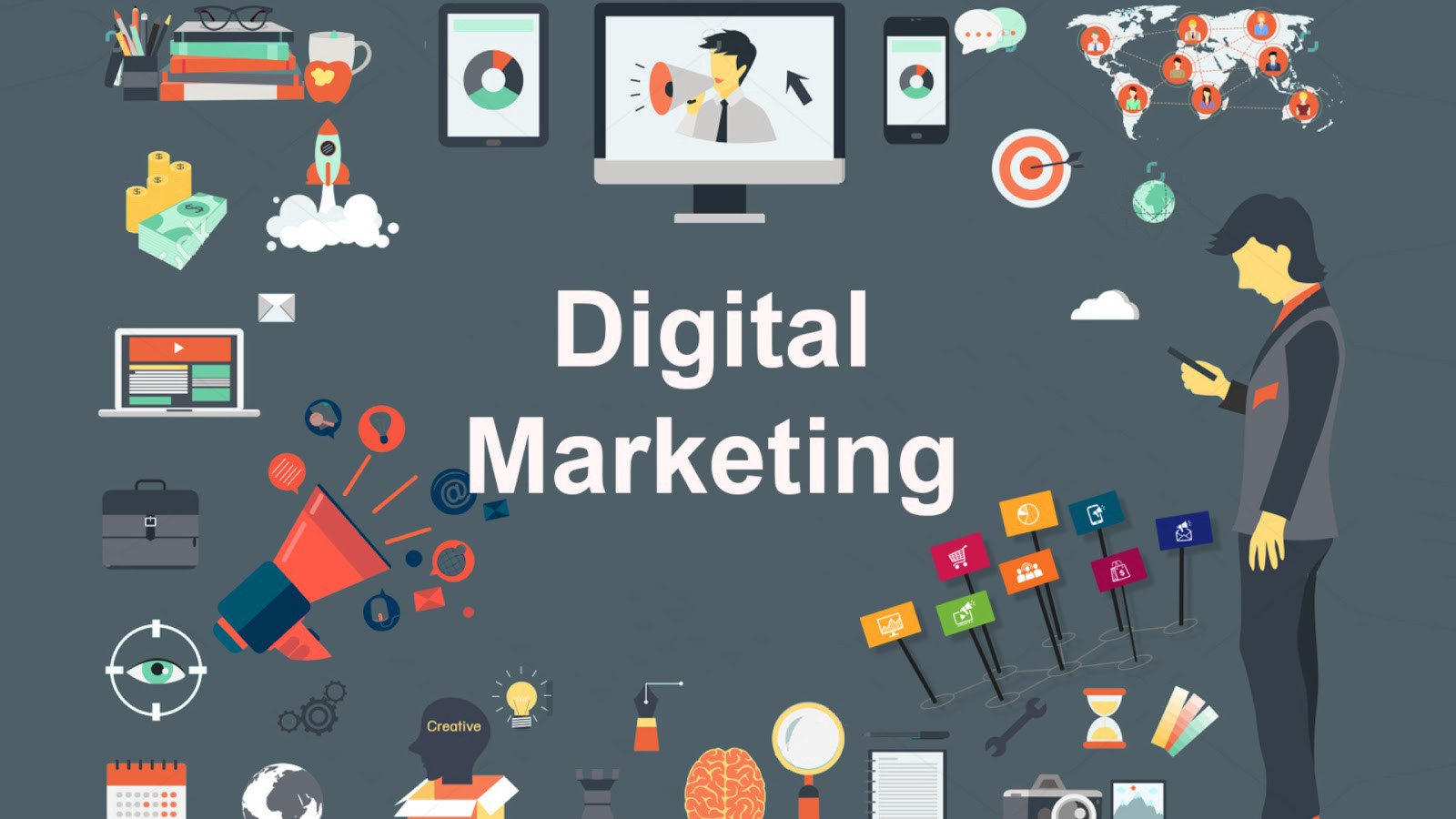
Digital marketing is that the component of selling that utilizes internet and online based digital technologies like desktop computers, mobile phones and other digital media and platforms to market products and services.[1][2] Its development during the 1990s and 2000s, changed the way brands and businesses use technology for marketing. As digital platforms became increasingly incorporated into marketing plans and lifestyle ,[3] and as people increasingly use digital devices rather than visiting physical shops,[4][5] digital marketing campaigns became prevalent, employing combinations of program optimization (SEO), program marketing (SEM), content marketing, influencer marketing, content automation, campaign marketing, data-driven marketing, e-commerce marketing, social media marketing, social media optimization, e-mail marketing , display advertising, e–books, and optical disks and games became commonplace. Digital marketing extends to non-Internet channels that provide digital media, like television, mobile phones (SMS and MMS), callback, and on-hold mobile ring tones.[6] The extension to non-Internet channels differentiates digital marketing from online marketing.
One of the key objectives of recent digital marketing is to boost brand awareness, the extent to which customers and therefore the general public are conversant in and recognize a specific brand.
Enhancing brand awareness is vital in digital marketing, and marketing generally , due to its impact on brand perception and consumer decision-making. consistent with the 2015 essay, “Impact of brand name on Consumer Behavior”:
“Brand awareness, together of the elemental dimensions of brand name equity, is usually considered to be a prerequisite of consumers’ buying decision, because it represents the most factor for including a brand within the consideration set. Brand awareness also can influence consumers’ perceived risk assessment and their confidence within the purchase decision, thanks to familiarity with the brand and its characteristics.


